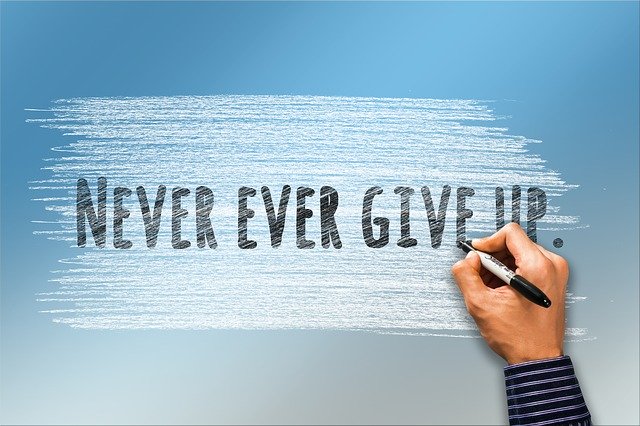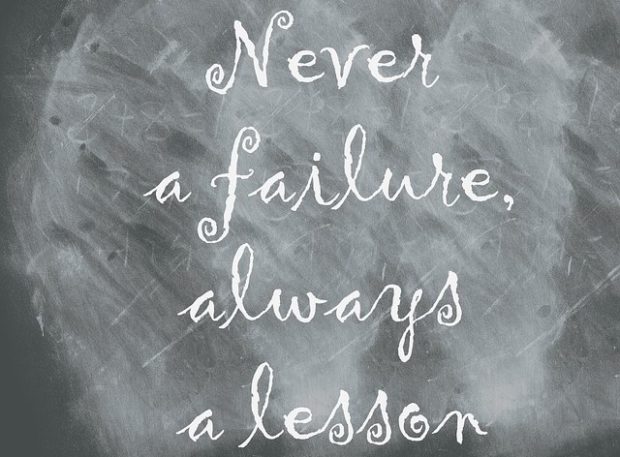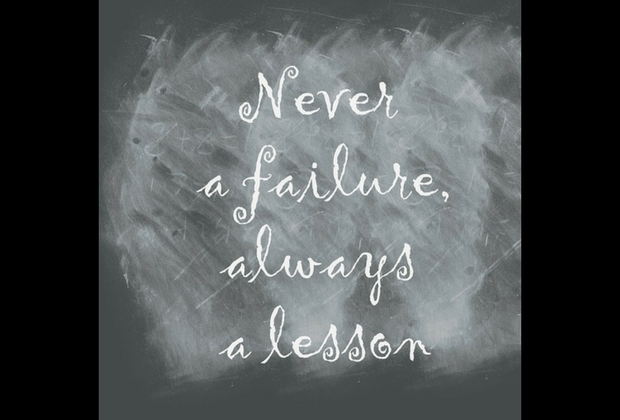Failure Is a Gift: How Working with Failure Can Become a Personal Best

Ask anyone who has achieved a significant goal in their life or career, “What fueled your success?” and many people will talk about a moment when they needed to look in the mirror and say, “Well, now what?” Often it is failure to reach a goal that propelled them to their next success.
For athletes who compete at the highest level, the likelihood of failure exists every day. Each day athletes push themselves to the limit, but some days they just can’t beat their previous personal best. This kind of failure happens in practice and in competition. As a high performer, you have probably experienced a similar process of failure and developed coping strategies to accept it, learn from it, put it behind you, and move on. We never want failure to beat us down.
But there are goals that are so significant that when you fail to reach them, you feel it deeply. These failures are gut-wrenching experiences that are extremely difficult to put behind you. In these instances, even if you are the type of person that needs to take immediate action to remedy the situation, it is best to pause, let your emotions subside, and wait until logic and calm return to guide your next steps.

Eventually you will see these moments of crushing failure as a gift and recognize that simply overcoming the situation is actually a type of personal best. But there is a process in getting to recognition and acceptance of that. Although working through difficult failures can make us better performers, it’s crucial to avoid rushing this process because you risk jumping to conclusions that will not serve your future self.
As you process this failure, your first thoughts will probably move toward blame. Acknowledge this and then examine your thoughts. You cannot change the past by blaming yourself or someone else. At some point you must forgive yourself and others. This is key to moving past a failure, as is separating your emotions from the facts of the situation.
One extension of the blame game is judgment of self and others, which can quickly descend into a constant self-criticism. Here is a powerful exercise that will help you when you find yourself caught up in a cycle of judgment. It is designed to help you separate emotions from facts, to catch your negative thoughts and determine if they are true:
-
Draw two columns on a piece of paper.
-
Label the first column “human being.” Label the second column “human doing.”
-
Place your judgmental thoughts in the appropriate column. For example, if you say to yourself, “I am a loser,” that would go in the first column. If the judgmental thought lands on what you did, such as, “I didn’t hang in there long enough,” that goes into the second column.
-
Notice where the majority of judgment is focused.

As you move on from viewing your failure through the lens of blame and judgment, the next step is to determine what you learned from it. Write down a list of lessons so that you can refer to it later and keep asking, “What did I learn from this failure?” Over the next few months you’ll find that new lessons will reveal important information.
Once you’ve worked through your blame and judgment and figured out the important lessons, take a realistic look at the level of commitment needed to accomplish your Big, Hairy, Audacious Goal. Write down all the things you believe it will take for you to reach it. A clear-eyed self-assessment is a necessary aspect of this process so here are three sample questions you might ask yourself:
-
Am I willing to recommit to the level of effort required to reach this milestone?
-
What do I need to change to keep me in the game?
-
Is it time to acknowledge I did my best and I am ready to move on to my personal next?

Finally, acknowledge that there are no guarantees. Achievement at a high level requires an acceptance of risk. Failure can be the fuel that ignites your desire to try again or to shift and try something different, but only you can decide whether the risk is worth the reward. At some point you will get in the car, choose your direction, and drive toward it. That’s when you know you have overcome your failure—and that is a significant personal best.
This guest post was authored by Melinda Harrison

Melinda Harrison, PCC, OLY, a former Olympic swimmer, is a professional certified ICF PCC Level Executive Coach with extensive experience on goal discovery and pathways to attainment. Melinda personally navigated from Olympian (Los Angeles 1984) to businesswoman and from volunteer to community leader. She is devoted to helping individuals move from one level of success to the next.
Harrison combines her business and entrepreneurial experience with her background as an Olympic athlete to help individuals and teams create a deeper self-awareness, develop opportunities, and move towards their goals.
Harrison is a graduate of the University of Michigan, where she was captain of the swim team. She is a multi-year All-American swimmer and won the Big Ten Conference championship in four events.
Her new book, Personal Next: What We Can Learn From Elite Athletes Navigating Career Transition publishes April 21, 2020.
**************
author photo [credit – Wallbanger Media]


